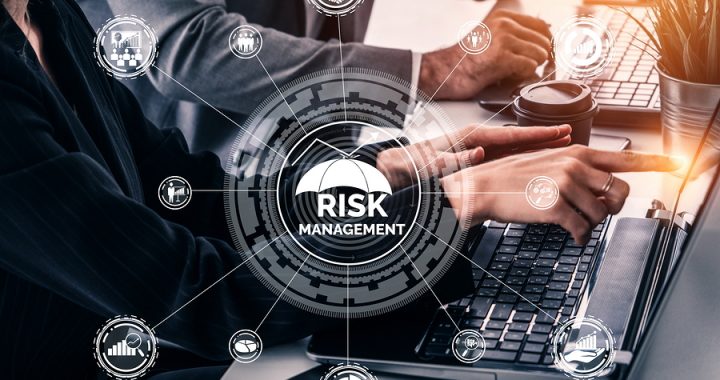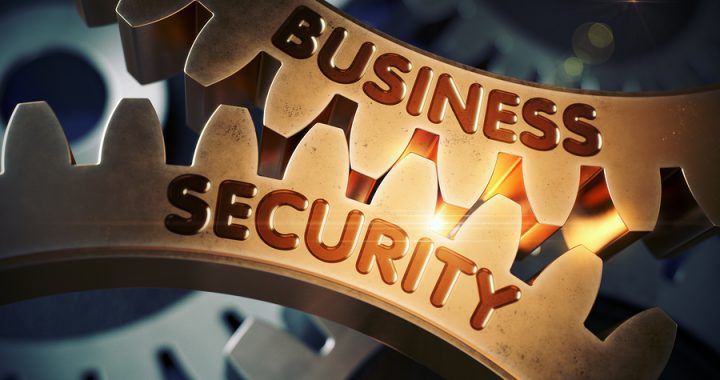
A bright gold "TRUST" stands atop a dark gray "FEAR" on a deep blue background with light rays shining through both words.
There is a down side to a cyber event and I can tell you, every part is down!
Our role in business security (#cybersecurity) is not to scare the crap out of you but more to educate you in the ways of the cybercriminal.
Have you ever thought what could happen to your company if you did get hacked?
If your organisation was breached by a target cyber attack?
Here are some calculations for you to think about that are factored in when discussing a breach and calculating the impact.
How much down time is too much.
Every organisation has a finite level of payments for staff and workers.
Normally it is calculated in annual, monthly or weekly terms but if we bring it down further, the average cost per hour to the business of wages is considerate.
If your staff can not work due to a cyber event then the costs quickly add up.
How much will it cost to fix
Apart from the old adage of "how long is a piece of string" working out the cost to fix a breach (back to business as normal) really does depend on the severity and the infrastructure.
A targeted attack against an company compared to a random virus infected computer are at opposite ends of the spectrum.
Either one has to be cleaned, restored, rebuilt and checked. The most overlooked cost is the time it will take to recover.
Impact on revenue
We are all in business to make money.
When the incoming money stops then the company will starve.
If your business is making $20,000 per day and you cannot receive that income for 5 days. What is the impact?
Impact on clients and customers
What happens if you go to a shop and they tell you that they cannot do something because the computers are not working.
You customer has a choice either come back later or buy it from someone else.
Recently Woolworths had a failure in their link to the bank and could not process credit and debit cards. People were leaving trollies at the checkouts and walking out.
Impact on productivity
No matter how you look at it all of these wonderful devices we use in business are just tools.
Our computers, cloud based systems, smart devices, IoT things and phones are just tools for the business to streamline productivity.
If a carpenter cannot use his hammer, how does he hammer in the nails?
When the tools cannot be used then alternatives have to be addressed and implemented.
Impact on staff and management
Not only have you got your team sitting around doing nothing but still getting payed there is a good chance that you now also have a moral problem
There will be recriminations, frustration and anger.
It will radiate out from the team, the groups and the organisation because people are no longer doing what they are good at.
A lack of trust
Outside in the market place there are now rumours about what happened, how it happened and what information of MINE has been exposed to the bad guys.
The only way to counteract a trust issue is through communication.
And now you have a compliance and governance issue
There is a substantial reporting requirement around a breach of an organisation.
Part of the cyber compliance requirements for anyone in business today is in the event of a breach you have to report to a number of government and industry bodies.
Depending on your stance prior to a breach will also depend on how much trouble your business is now in.
Good business security will increase profits, productivity and resilience.
It does not do it as a direct impact on the organisation but it does it through proactivity and making sure that the company has well tested contingency plans.
It may not be noticeable but identifying and addressing the risks, mitigating those risks to a manageable level.
Then implementing the right systems you can avoid the additional costs to the business that a cyber event will deliver.
Secure your business!
Get proactive!
Do the scorecard!





